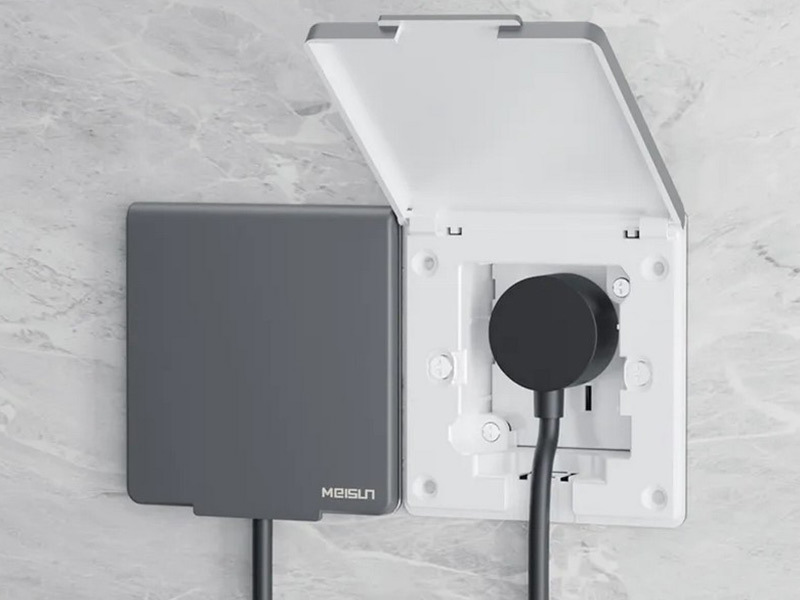Classification and Wiring Method of Wall Switches in Double Control Engineering
Release time:
2024-05-13
Classification and Wiring Method of Wall Switches in Double Control Engineering Classification of dual-control engineering wall switch: Dual-control engineering wall switch is a switch with normally open and normally closed contacts. The body of the dual-control switch can be divided into single dual-control, dual dual-control, triple dual-control and quadruple dual-control switches.
Classification and Wiring Method of Wall Switches in Double Control Engineering
Classification of dual-control engineering wall switch: Dual-control engineering wall switch is a switch with normally open and normally closed contacts. The body of the dual-control switch can be divided into single dual-control, dual dual-control, triple dual-control and quadruple dual-control switches.
The wiring steps of the engineering wall switch are as follows: each connection of the dual-control switch has a normally open contact and a normally closed contact, and each connection has 3 terminals, which are normally open, normally closed and common.
From left to right are single-link double-control switch, double-link double-control switch and triple-link double-control switch.
When distinguishing the terminal of the dual-control switch, you can directly look at the label next to the terminal to identify it. For example, the common terminal is generally represented by L, and the normally open and normally closed terminals L1/12 are represented. Some switches also use other agricultural display methods. If each terminal cannot be distinguished from the label, a multimeter can be used to detect it.
As can be seen from the figure. No matter how the switch is switched, the resistance between the normally open end and the normally closed end is always maximum, and the electrical limit between the common end and the normally open end or the normally closed end will change between 0 and 00 as the switch is switched.
When detecting the single-link double-control switch, the multimeter selects R× 1Ω block, and the red and black pens are connected to any two terminals. If the measured resistance is o Ω, one pen does not move, and the other pen is connected to the third terminal, the measured resistance should be 00, and then switch the switch. If the resistance changes to o Ω, the stationary pen is connected to the common terminal. If the resistance is still 00, then the terminal other than the current two pens is the common terminal, and the normally open end and the normally closed end are usually not distinguished. The multi-link dual-control switch can be regarded as a composition of multiple single-link dual-control switches. The terminals of each link switch are clearly distinguished. The method of detecting the three terminals of each link switch is the same as that of detecting the single-link dual-control switch.
Use two dual-control engineering wall switches to control a lamp in two places. The typical application of dual-control switch is to control a lamp in two places. It needs two dual-control switches. The wiring is as follows:
This line can turn on the light A, turn off the light B, or turn off the light A and turn on the light B.
The control of one sardin in both places is widely used. When used as a stair light control, the switch is installed on the first floor of the stair, the B switch is installed on the second floor of the stair, and the light is installed above the rest platform (stair turn) of the stair. When used as indoor hall lamp control, switch a is installed at the gate, switch B is installed in the indoor corridor, and the lamp is installed in the hall, so that the hall lamp can be turned on at the gate when entering the door, and the hall lamp can be turned off when leaving the hall and entering the bedroom for rest. when used as bedroom lamp control, switch a is installed at the bedroom door, switch B is installed at the bedside, lamp is installed in the bedroom, turn off the light at the head of the bed during a break.




